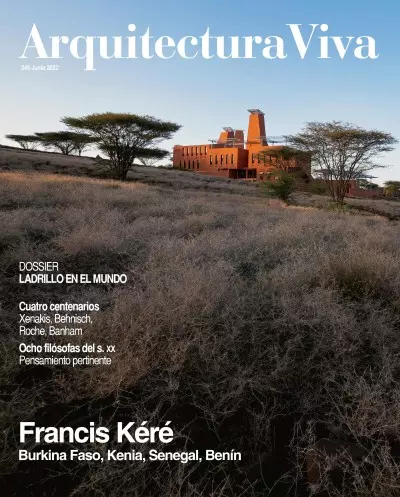

(Gando, 1965)

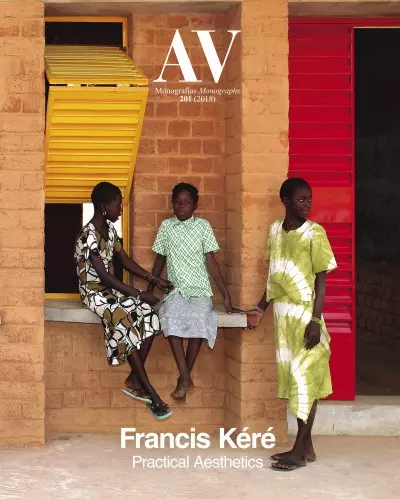
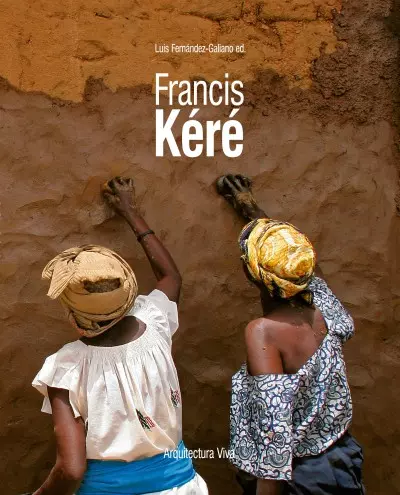
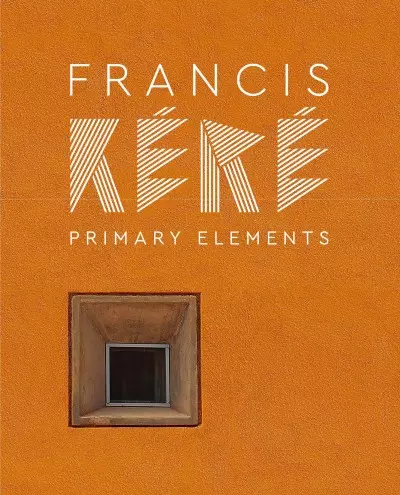
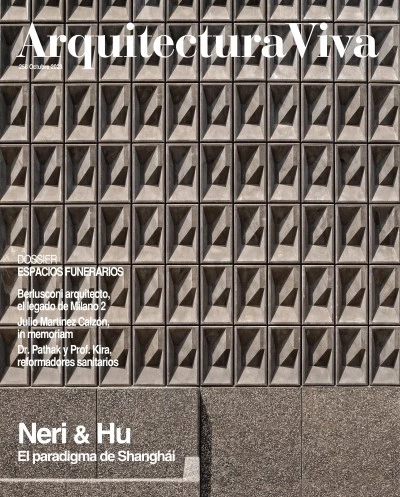
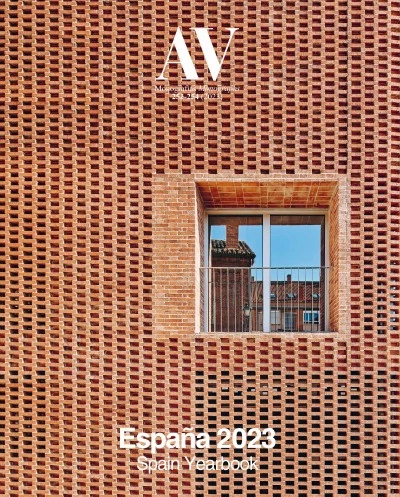

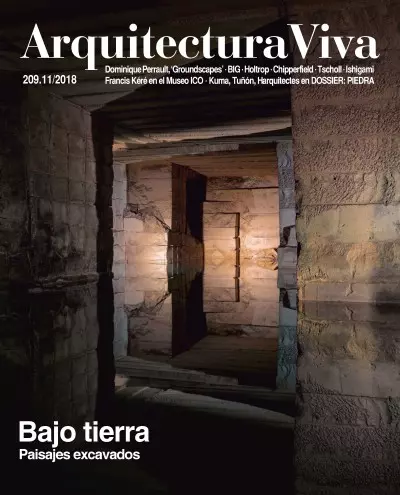
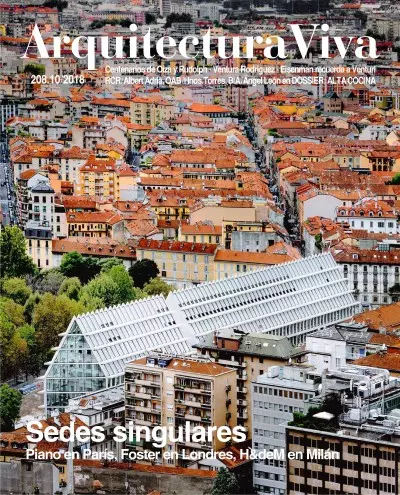
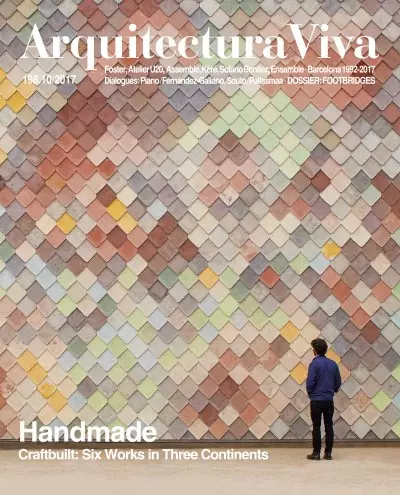
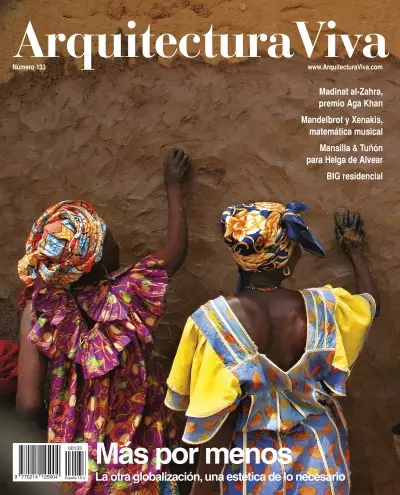
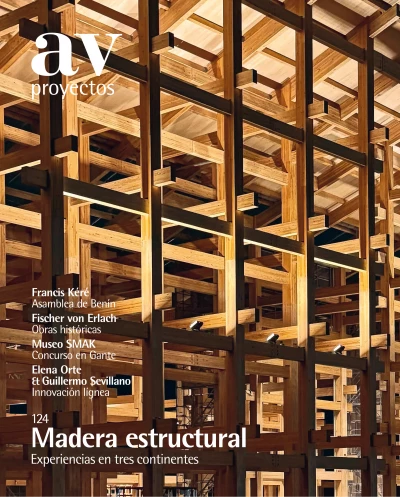
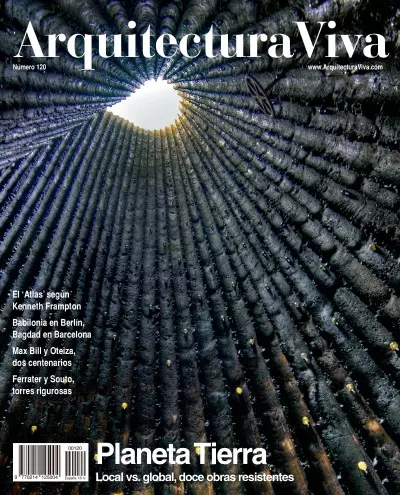
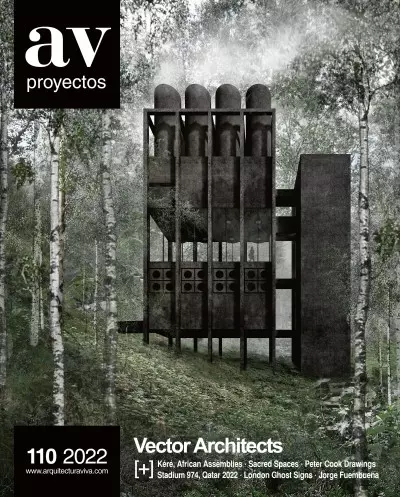
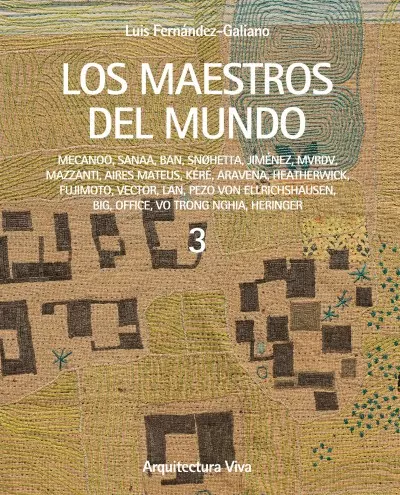
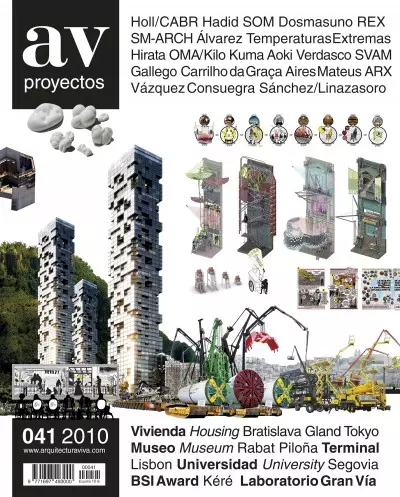
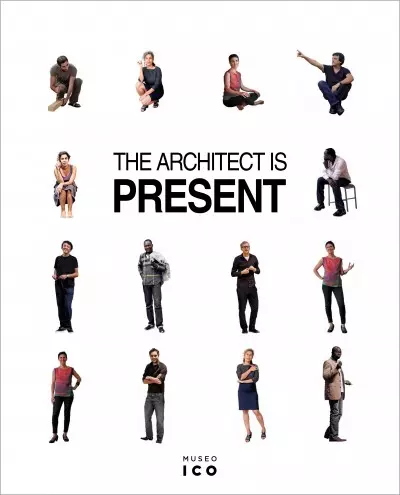
In Ouagadougou, the capital of Burkina Faso, the mausoleum for Thomas Sankara has been inaugurated. It pays tribute to the country’s revolutionary former president and twelve officials close to him, all assassinated in 1987 during a coup d’êtat. The
This complex devoted to the culture and historical heritage of the Ewé ethnic group is located in the city of Notsé, 80 kilometers from Lomé, the capital of Togo, in West Africa. Every first week of September since 1956, Ewé pilgrims have gathered in
Plans to build the Las Vegas Museum of Art in the heart of the largest city of the state of Nevada have been approved. The new institution, with 8,360 square meters, will be located in the area of Symphony Park, close to the Discovery Children’s Muse
In the wake of decolonization in Africa, Benin achieved full independence from France on 1 August 1960, then under the name of Dahomey. The building in which the declaration was signed at the time has until now served as the headquarters of the Parli
Construction has begun at the site of a new daycare center for children of employees of Munich’s Technical University (TUM), with completion programmed for the end of 2025. Located at Gabelsbergerstrasse 41, it will be called Ingeborg Pohl Kinderoase
The kamwokya informal settlement, located among the hills of Kampala’s central district, is one of the most indigent areas of the capital, with a high dwelling density, scarce infrastructures, and poor health conditions. Surprisingly, it hides the on
For the very first time in the history of the prestigious German institution, one of its centers scattered all over the world will occupy a building expressly designed for the purpose. Rising behind a wall that keeps out traffic noise, the building e
A group of modular pavilions houses an educational center that provides high school graduates in the country’s third most populous city with the opportunity to obtain further studies. The location being a flood plain, landscaping work was needed to p
On the shores of one of the African Great Lakes, a center devoted to new technologies offers training and job opportunities, endeavoring to put a halt to the exodus of young entrepreneurs. Finding inspiration in the region’s abundance of mounds built
The scheme drawn up by the Berlin firm of Francis Kéré for Porto-Novo, the capital of Benin, takes inspiration from the ‘word tree,’ the western African tradition by which the community gathers under a tree to make collective decisions. Facing the
The Burkinabè architect Francis Kéré designed this permanent pavilion for the Tippet Rise Art Center in Fishtail, on the edge of Yellowstone National Park in Montana. The building joins a series of unique pieces that engage in dialogue with nature on
Every year the Serpentine Gallery in London chooses an international architect to build a temporary pavilion in Kensington Gardens. The pavilion of 2017, designed by Francis Kéré, is conceived as a microcosm: a community structure that fuses cultural
Inspired by Philadelphia’s rich textile tradition, this installation shows how one single material can produce an extraordinary structure with the power to unite the community. This installation, in the Perelman atrium of the Philadelphia Museum of A
Located inside the iconic Buckminster Fuller geodesic dome in the Vitra Campus in Weil am Rhein, the Camper Pop-up Shop pioneers a new form of retail shopping by combining the best attributes from in-store and online shopping through a mix of virtual
As part of the exhibition ‘Africa: Architecture, Culture and Identity’ at the Louisiana Museum of Modern Art, the installation recreates the sensation of being under the shade of a big tree. This powerful symbol, present in both Nordic and African my
With a focus towards exploring the experiential qualities of architecture, the ‘Sensing Spaces: Architecture Reimagined’ exhibition enlisted architects such as Kengo Kuma, Álvaro Siza, and Eduardo Souto de Moura to produce site-specific installations
Located in the center of Berlin, Tempelhof Airport closed its doors to passengers in 2008 during the migratory crisis to offer emergency shelter to the more than 8,000 refugees escaping war in the Middle East and other global conflicts. The construct
After 31 years of dictatorial rule, the people of Burkina Faso rose up and ousted their former president following a violent revolt in 2014. In protest of the old regime, the former National Assembly was attacked and destroyed by the citizens. Aside
In a semi-desert landscape between the Nile and Atbara rivers, the remains of the city of the Kushites in Meroe – a powerful dynasty that reigned from the 8th century BC to the 4th century AD – were declared a UNESCO Heritage Site in 2011. Located ab
Located at the point where the Revuboe and Zambezi rivers converge, the project aims to create a new type of neighborhood to address the increasing demand for housing in Tete, Mozambique. The community will be able to test a new planning method that
Located in the Kenyan village of Kogelo, where Barack Obama’s father was born, the Mama Sarah Obama Legacy Campus will be an educational enclave for a thousand students and preschool-age children in danger of being marginalized. The project presents
Situated in the rural countryside of Boulkiemdé province, the Noomdo Orphanage lies approximately 2 kilometers outside Koudougou, and is home to more than fifty children between the ages of six and seventeen. Mimicking the nearby residential compound
The success of the primary school in Gando and its positive impact on the community encouraged to build a secondary school to offer opportunities to those students who wanted to continue their studies. Inspired in the distribution of the surrounding
For Unesco (United National Educational, Scientific, and Cultural Organization) Francis Kéré has designed an immersive virtual museum of cultural objects stolen from museums, collections, and archaeological sites worldwide. The project aims to raise
At the recently renovated Richelieu site of the National Library of France (BnF), on 12 September, the Japanese Imperial House and the Japan Art Association named the winners of the Praemium Imperiale, an accolade awarded every year to five figures f
The Japanese Imperial House and the Japan Art Association have annually since 1989 awarded the Praemium Imperiale in five categories. The winners of this year’s 34th edition – each to receive the sum of 95,000 euros – have been announced in a ceremon
In the context of Cevisama, the leading trade event for the ceramic, bathroom equipment, and natural stone sectors, David Chipperfield, Francis Kéré, and Anne Lacaton lectured on 28 February in Valencia. Lectures
Pritzker Prize laureate of 2022, Francis Kéré has become a symbol of social and sustainable construction. Born in the Burkinabè village of Gando in 1965, Kéré studied in Germany and set up his office in Berlin, from which he returns time and again to
It didn’t surprise me when the Pritzker Architecture Prize announced its latest laureate. After all, the so-called Nobel Prize of architecture has a history of alternating between global media darlings, such as Philip Johnson or Rem Koolhaas, and mor
Pritzker 2022
In a ceremony which at least symbolically has anointed him as the African master of contemporary architecture, Francis Kéré was handed the Pritzker Prize in the Marshall Building of the London School of Economics, a civic-brutalist work of Grafton Ar
Amid the grandiloquence that architecture of success sometimes seems to don as proof thereof, this year’s Pritzker is the definitive anointing of a practice that stands out for humility and commitment to serve people in the most efficient and economi
The world has its eyes on the war waging in Eastern Europe, but the continent’s south has its own calamity: the tragedy of hunger, terrorism, and desolation.
Like the Oscar and like the Nobel, the Pritzker is not simply a prize: it is an encrypted emblem and the reading of it is biographical, sociological, and political all at once. Who receives it, and why, are equal in importance. The case of Francis Ké
The Hyatt Foundation has granted the 2022 Pritzker Architecture Prize to the Burkina Faso architect Diébédo Francis Kéré, the first African architect to receive the distinction. The award is bestowed yearly since 1979, and consists of 100,000 USD (91
‘Francis Kéré. Primary Elements’ at Museo ICO
Francis Kéré is Burkinabè and Berliner. His work is deeply rooted in his home country, but he uses universal principles and elements that make it suitable for completely different contexts like that of his adoptive city. These primary elements were d
Four years after the exhibition ‘The Architect is Present,’ which showed the Spanish public the work of five architects marked by a deep social calling and a strong language of sustainability, the ICO Museum in Madrid has just inaugurated a show, aga
On view from 3 October to 20 January at the ICO Museum in Madrid, ‘Francis Kéré: Primary Elements’ expands the focus that ‘The Architect is Present’ (2014) gave to the exceptional Burkinabe based in Berlin. This year’s show covers his entire career s
The 3-minute video presents the exhibition curated by Luis Fernández-Galiano, which walks us through the trajectory of the Berlin-based Burkinabè by focusing on the essential nature of his architecture....
Madrid’s Museo ICO presents the exhibition: ‘Francis Kéré. Primary elements’ curated by Luis Fernández-Galiano and organized by the ICO Foundation. The exhibition showcases 27 projects and six artistic installations carried out in three different con
(Photo taken by Francis Kéré at the studio of Kanye West)
Francis Kéré Since 1997, the awards of the Prince Claus Foundation, based in the Netherlands, are presented annually to individuals or organizations whose cultural actions have a positive impact on culture and development, highlighting significant ac
Diébédo Francis Kéré appeared on our screen with the Aga Khan Award in 2004. I wrote about him in the newspaper El País in December of that year, and the Yearbook released shortly after (AV 111-112) covered prominently the now mythical school in Gand
In the beginning was the tree. If Gottfried Semper had extended his archaeological and ethnographic explorations to the African Savannah, he would there have found confirmation of many of his theses, and he would have modified others to enrich his na

